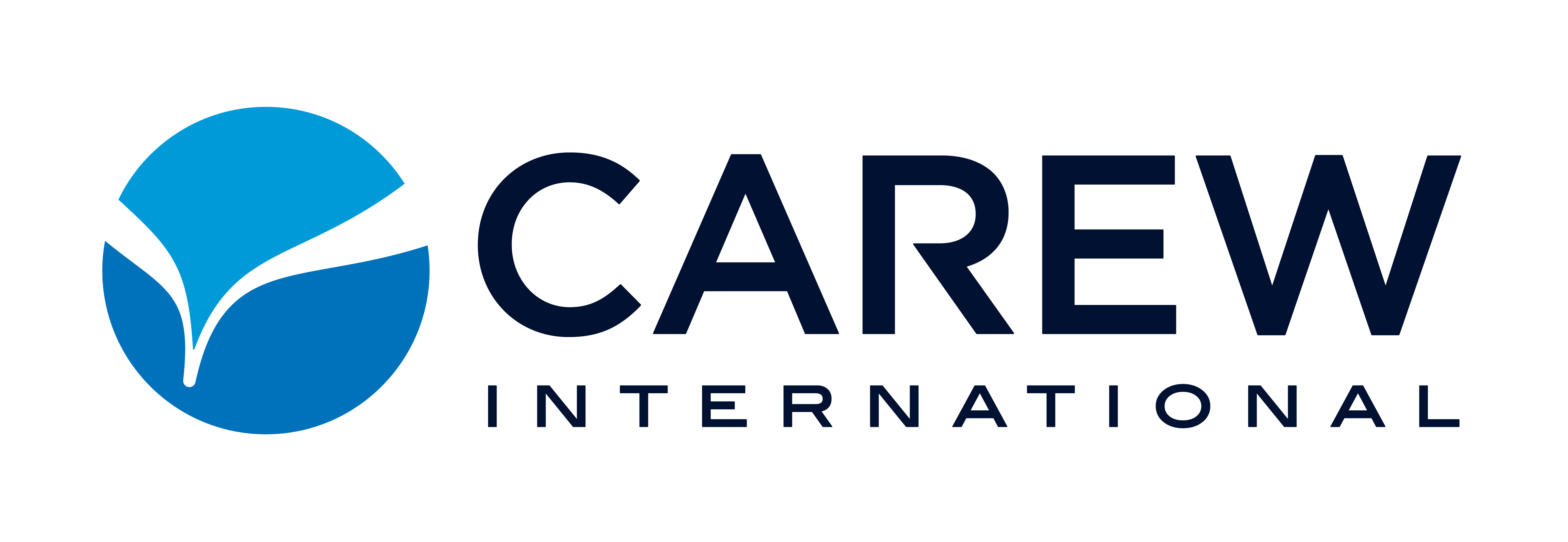Last week, a Dallas-bound Southwest Airlines flight made an emergency landing in Philadelphia after an engine exploded in flight. Following the incident, photos emerged of scenes from the plane cabin during the crisis, showing passengers most of whom had their masks incorrectly placed, covering their mouths but not their noses.
Think about that for a moment. How many times have you “listened” to the safety presentation delivered by flight attendants prior to take off, but apparently not heard the words, “Be sure the mask covers your nose and mouth.”? Would you know exactly what to do in the event of an in-flight emergency? This example not only speaks to the importance of effective listening, but to the reality that people don’t listen very well.
This is important insight for our professional sales lives as well. First, we must listen with purpose to our customers, even when we think we know what they are going to say or when we feel like we’ve heard the message a thousand times before. One effective practice to test our comprehension at the conclusion of every meeting or call is to restate for customers our key takeaways from their input. This practice assures that we leave every encounter with either confirmation or clarification of the customer’s input.
Understanding that, as a general rule, people don’t listen well, we need to consider that fact relative to our communication to customers. Listening fatigue and chronic distraction are real and ongoing barriers to getting our message heard. Going back to the airline safety presentation‚ one wonders how many passengers were looking at their phones during the pre-flight presentation.
It is rare that we have a customer’s undivided attention, so how do we get our message through the filters? First and foremost, we must focus our message on the customer and, when possible, connect our message to benefits for the customer. People are interested in a message about them, and even more so when the message is about good things happening for them.
The other key to breakthrough communication is to mix it up and keep it interesting:
- Use a variety of communication vehicles
- Use images, video and music to add interest to your message
- Try to provide some benefit with every instance of communication
Our daily communication with customers may not have the life-and-death consequences of the Southwest flight, but this recent crisis magnifies the importance of effective listening and helps us to better understand the critical role of effective communication in our sales success.





